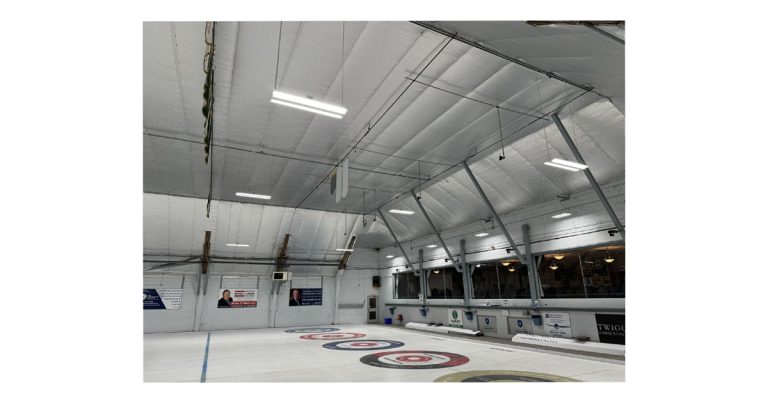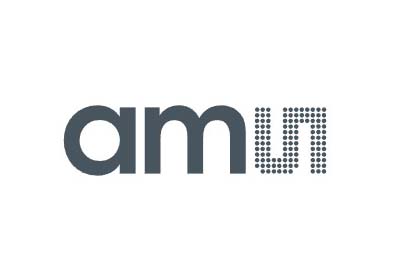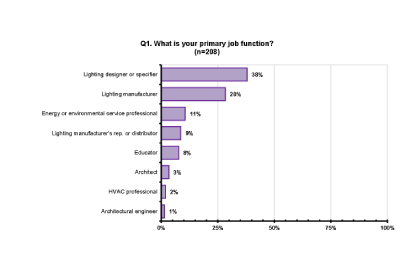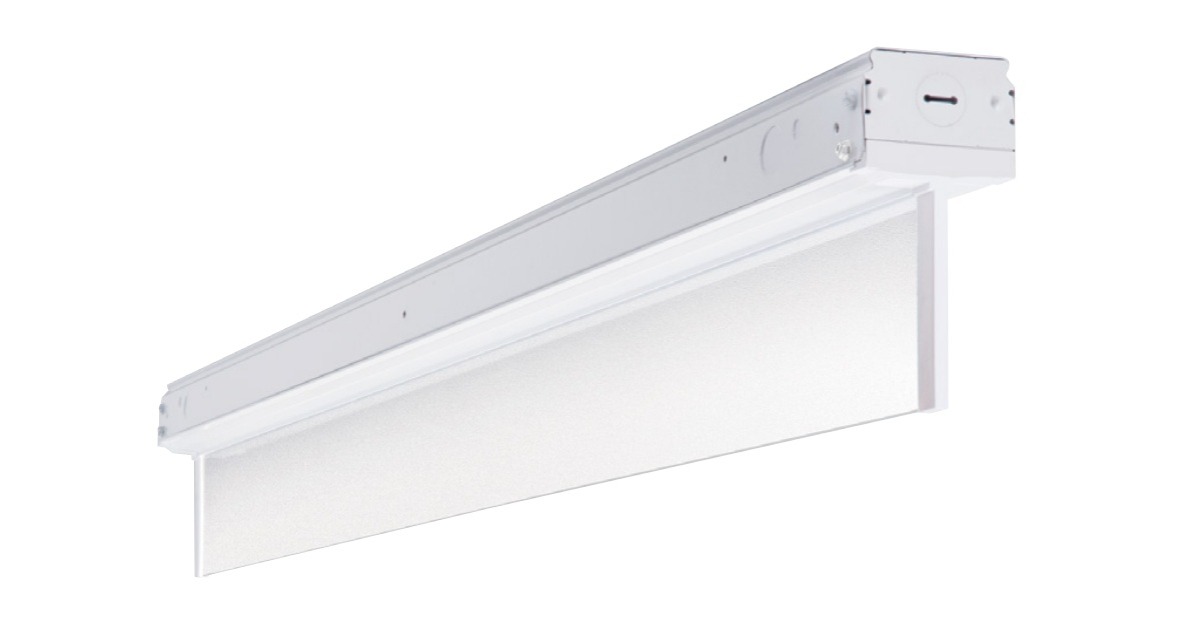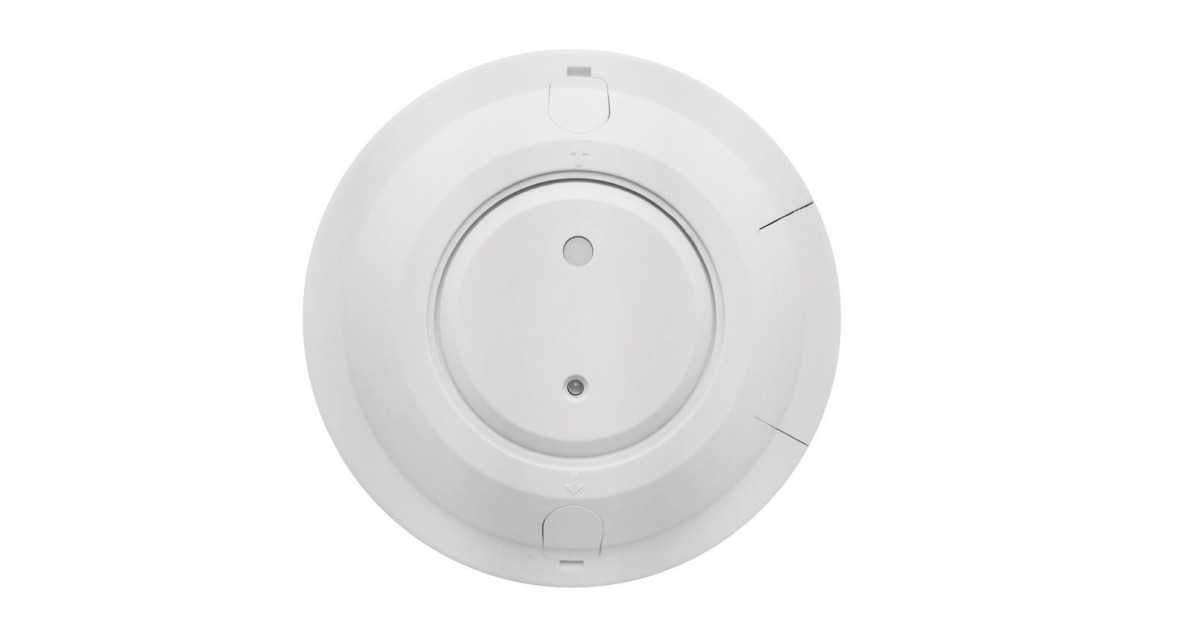IES Releases Position on UL RP 24480 Regarding Light and Circadian Entrainment
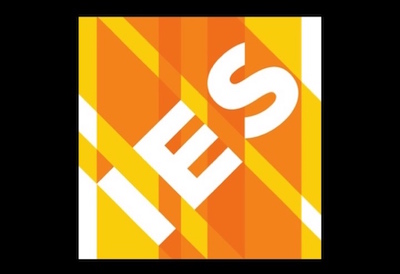
May 29, 2019
In response to UL’s draft Recommended Practice and Design Guideline for Promoting Circadian Entrainment with Light for Day-Active People, the Illuminating Engineering Society cautions against considering a non-consensus document for design, application, product qualification or regulatory purposes.
Underwriters Laboratories (UL)recently released a draft version of UL RP 24480, Recommended Practice and Design Guideline for Promoting Circadian Entrainment with Light for Day-Active People, for public comment. The UL process for public comment is an invitational process that ended May 28, 2019. It is important to note that the UL proposed document is “not being developed as a consensus (ANSI) document.”
The IES maintains the position that any recommended practice related to light and health should be a consensus document developed through an accredited American National Standards Institute process. “Without the full rigour of an ANSI approved standard,” says the IES, “non-consensus based information cannot be deemed to have been fully vetted and lacks the authority to provide public guidance regarding means or methods that affect public health.” Consequently, the IES urges the lighting industry to exercise caution when considering a non-consensus document for design, application, product qualification or regulatory purposes.
IES is the recognized Standards Developing Organization for establishing lighting applications standards in North America, and maintains a catalogue of approximately 70 consensus standards in the IES Lighting Library. These include recommended practices, design guidelines, technical memoranda, and lighting measurement documents that cover the breadth of lighting science, design, and engineering, from methods for measuring light output of light sources, to applications-specific design standards, such as how to light healthcare facilities. IES standards development committees are composed of a balance of volunteers including producers, users and general interest constituencies, and IES processes for committee membership and Standards development are accredited by the American National Standards Institute (ANSI).
IES’ Light and Human Health Committee is a long-standing IES standards developing committee, having authored the first technical memorandum on the effect of light on human health in 2008 (IES TM-18-08, reaffirmed in 2018). The committee is composed of prominent researchers, lighting scientists, and lighting practitioners experienced in the subject of light and human health, some of whom have been involved in this field for over 30 years. The committee’s membership represents differing points of view and meets the ANSI required interest category balance, ensuring that the resulting publication is a true consensus Standard. The committee’s forthcoming publication entitled Recommended Practice for Supporting the Physiological and Behavioral Effects of Lighting in Daytime Environments, is described in ANSI Standards Action Vol #49, #25 dated June 22, 2018, BSR/IES RP-4x-201x. The IES remains committed to a robust debate on this topic and will continue to provide a balanced perspective of research methodologies related to this and other emerging fields of study.

